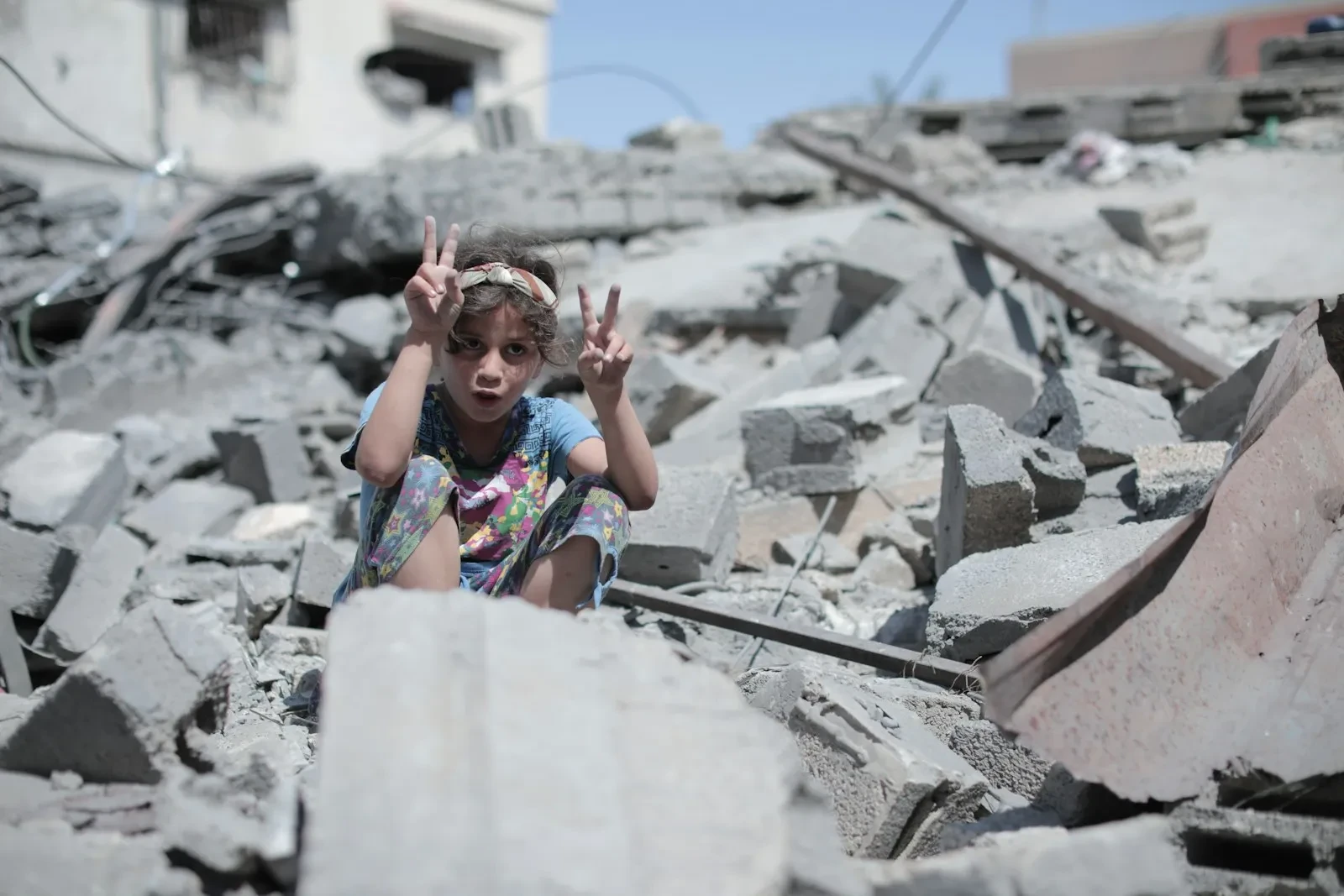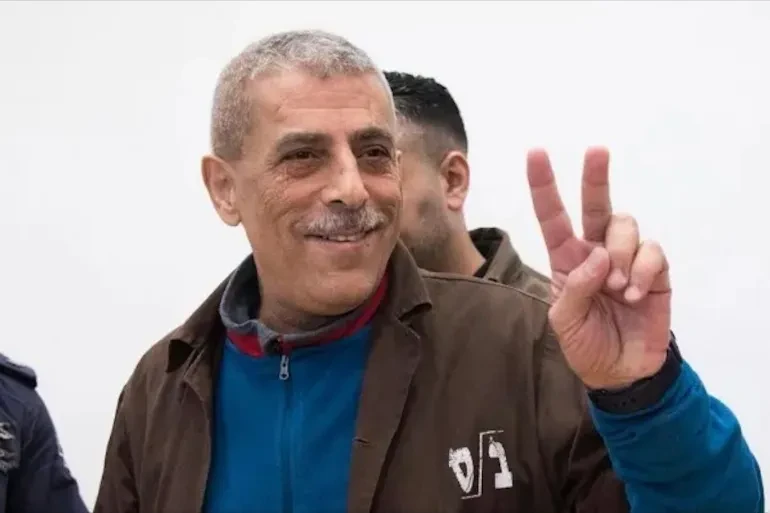According to data collected by the BBC, more than 30 countries have provided military aid to Ukraine, including €1 billion (IDR 15.6 trillion) from the EU and US$1.7 billion (IDR 26.58 trillion) from the US.
So far, the supplies have been limited to weapons, ammunition, and defense equipment such as anti-tank and anti-aircraft missile systems.
These supplies include Javelin, which is a shoulder-fired anti-tank weapon that fires heat-seeking rockets; Stinger, which is a portable anti-aircraft weapon widely used in Afghanistan against Soviet aircraft; and Starstreak, a portable air defense system made in Britain.
Additionally, the West has also provided non-military assistance such as fuel, food, medicines, medical equipment, and body armor.
The West has also provided political and diplomatic support to Ukraine, such as imposing economic sanctions on Russia, condemning Russian aggression, and reaffirming the commitment to uphold Ukraine’s sovereignty and territorial integrity.
However, Ukraine desires more. Ukraine also seeks heavier offensive military equipment such as tanks, fighter jets, drones, and advanced missile defense systems to counter the increasing air and long-range missile attacks by Russia targeting Ukraine’s strategic fuel reserves and other vital logistics.
Ukraine also seeks greater and faster military aid from the West, considering that Russia has the advantage in quantity and quality of troops, armaments, and ammunition.
Impact and Effectiveness of Western Military Aid for Ukraine
The military aid provided by the West certainly has a positive impact on Ukraine, especially in terms of enhancing defense capabilities and morale of Ukrainian forces.
Some examples of positive impacts reported by the media include:
- Javelin successfully destroying several Russian tanks in Donbas, demonstrating that Western anti-tank weapons can penetrate thick armor layers and sophisticated active protection systems owned by Russian tanks.
- Stinger and Starstreak successfully shooting down several Russian aircraft and helicopters in Donbas, showing that Western anti-aircraft weapons can counter the high speed and maneuverability of Russian aircraft and helicopters.
- Aid in fuel, food, medicines, and medical equipment helps maintain the health and well-being of Ukrainian forces, indicating that Western non-military aid can help reduce the levels of deaths, injuries, and illnesses among Ukrainian forces.
However, the military aid provided by the West also has limitations and shortcomings, especially in terms of achieving strategic victory and changing the balance of power on the ground.
Some examples of limitations and shortcomings identified by analysts are:
- The amount and type of military aid provided by the West do not match Ukraine’s needs and requests, indicating that the West lacks strong and consistent commitment to help Ukraine. For example, the US only provided 200 units of Javelin to Ukraine, while Ukraine requested 1,200 units. Furthermore, the West did not provide heavier offensive military equipment such as tanks and fighter jets, which are highly needed by Ukraine to counter Russian air and long-range missile attacks.
- The military aid provided by the West is not sufficient to counterbalance the advantage in quantity and quality of troops, armaments, and ammunition held by Russia, indicating that the West lacks adequate capability to challenge Russia. For example, Russia has about 800,000 troops ready to be deployed on the Ukrainian border, while Ukraine only has about 250,000 troops. Furthermore, Russia has over 20,000 tanks, 40,000 armored vehicles, 4,000 fighter jets, and 6,000 ballistic and cruise missiles, while Ukraine only has about 2,000 tanks, 10,000 armored vehicles, 200 fighter jets, and 300 missiles.
- The military aid provided by the West is ineffective in stopping or reducing Russian aggression against Ukraine, indicating that the West lacks significant influence on Russian behavior. For example, despite providing military aid and economic sanctions to Russia, Russia continues its occupation and attacks in Donbas, as well as increasing military pressure on the Ukrainian border. Furthermore, despite condemning Russian aggression and reaffirming the commitment to uphold Ukraine’s sovereignty and territorial integrity, Russia continues to disregard international law and refuses to recognize Ukraine’s independence and choices.












